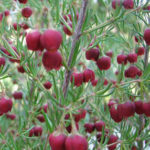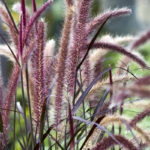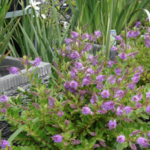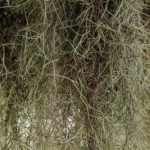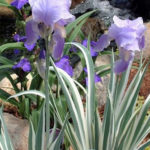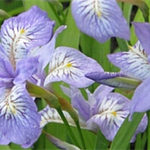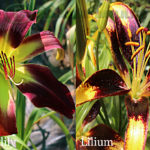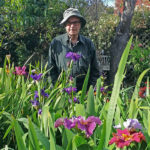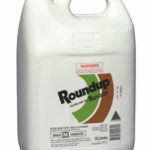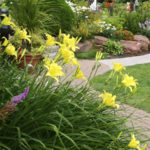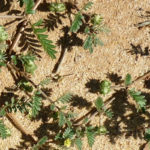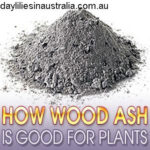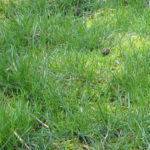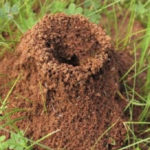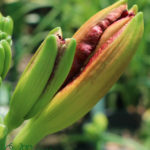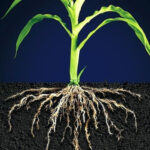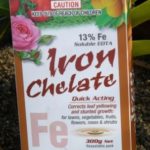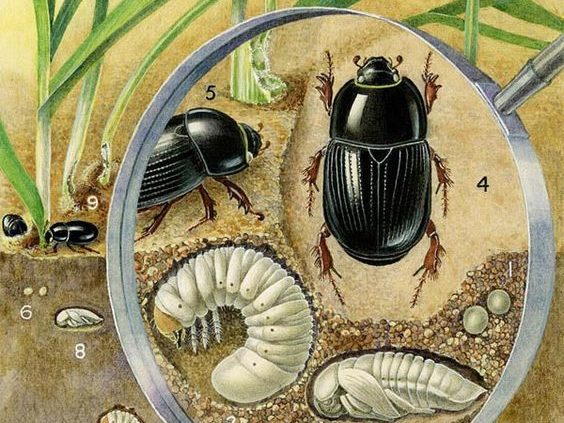
How to Get Rid of White Curl Grubs
White Curl Grubs How to Avoid the Problem of Cockchafers – Christmas Beetles – Curl Grub Beetle?
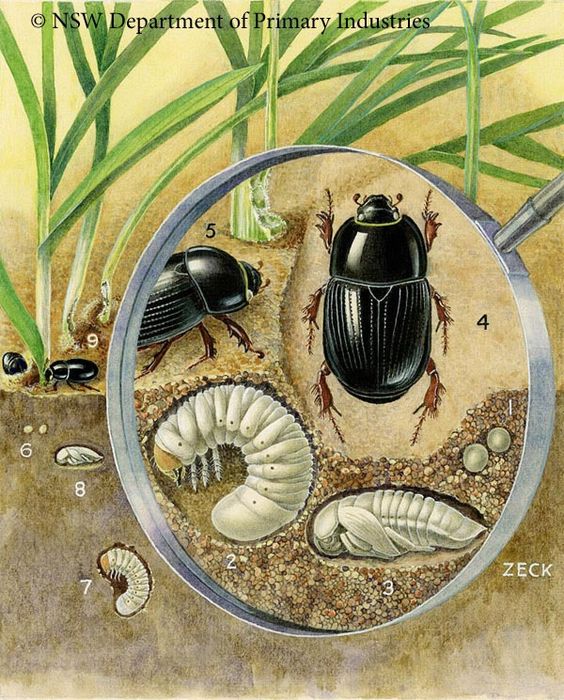 White curl grubs are the larvae of an African black beetle or cockchafers or scarab beetle or Christmas beetle. They commonly attack the lawns and feeds on roots of grass or dead plant material in the garden. The damage done by these larvae is more during hot, dry periods in summer around Christmas in Australia. Dead patches of grass appear in the lawns where the grass can be pulled out with ease.
White curl grubs are the larvae of an African black beetle or cockchafers or scarab beetle or Christmas beetle. They commonly attack the lawns and feeds on roots of grass or dead plant material in the garden. The damage done by these larvae is more during hot, dry periods in summer around Christmas in Australia. Dead patches of grass appear in the lawns where the grass can be pulled out with ease.
What do Curl Grubs Look Like?
They have a cream or white coloured body with a brown coloured head and greyish posterior end. The body is usually curled to a “C” and hence the name curl grub. The size of the larvae comes to about 40 mm when fully grown. In the juvenile stage, it has three pairs of legs at the anterior part of the body. They curl up when disturbed.
What do Curl Grubs Eat?
The grubs feed on a wide range of decomposing plant material and also the live the roots and stems of the plants including the grass. The young larvae prefer the dead and decaying organic matter, while the older larvae feed on roots of grasses. They also feed on the roots of plants like petunias, corn, grapevines, tomatoes, etc. The larvae are more active during the period between mid spring and midsummer and attacks gardens, potted plants and lawns and cause severe damage. They do not generally attack the legume plants.
Curl grub Life Cycle
During summer, the adult beetle lays eggs in the dry areas on the ground. The grubs after they come out start feeding on the roots of the plants. During cold weather, they move 2-8 inches deep into the soil to overwinter. During spring, the grubs move up and start feeding near the ground level till they become mature and starts to pupate. From the pupa emerges the adult beetle. The life cycle is completed within a year.
Curl Grubs Organic control
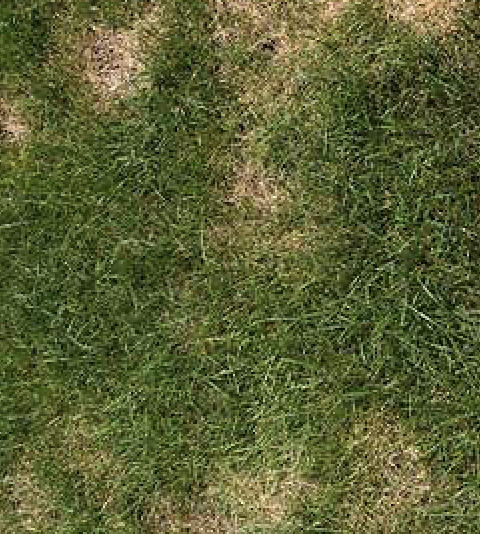
The best way to control the curl grubs is to use organic control methods.
- You can pour a mixture of water and biodegradable detergent on the affected areas in the garden. This will force the grubs to come to the surface and they will become easy prey for birds.
- You can keep the lawns well watered during spring and summer so that the adult beetles will not be able to lay eggs on your lawns. Beetles need dry places to lay eggs.
- Applying organic insecticides as a soil drench during mid spring to mid summer prevents hatching of eggs and kills the hatched larvae near the soil surface.
- Home made white oil prepared by mixing 1 cup vegetable oil and ¼ cup dish wash soap can be diluted to the ratio of 1 tbsp per litre of water can be sprayed to kill the insects and grubs.
- Reduce the use of outdoor lights and garden lights as the lights will attract the adult beetles which will lay the eggs in your garden soil.
- Using tea tree oil or molasses mixture is also effective in controlling the grubs.


